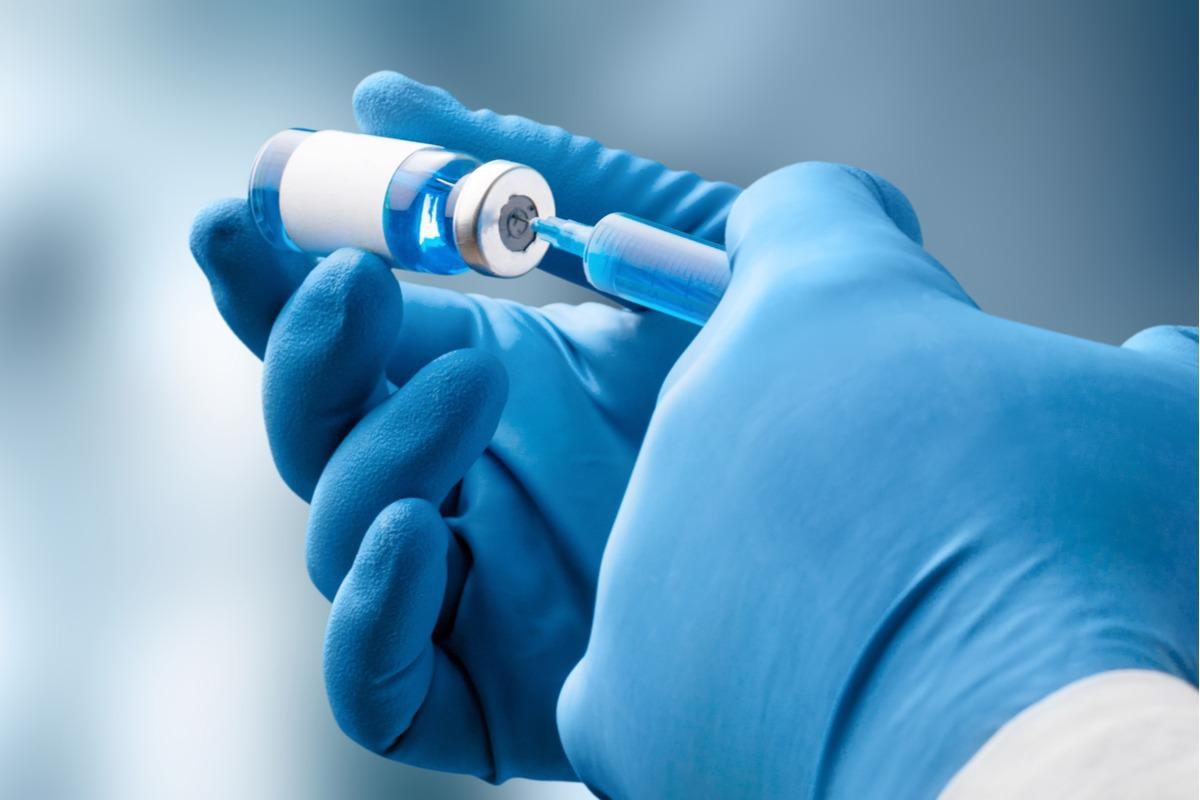In a recent study published in the journal Cell, researchers evaluated the protection conferred by booster doses of the preclinical version of the Moderna messenger ribonucleic acid (mRNA)-1273 vaccine and a severe acute respiratory syndrome coronavirus 2 (SARS-CoV-2) Omicron variant-matched (mRNA-1273.529) vaccine against Omicron infections in mice.
 Study: Boosting with variant-matched or historical mRNA vaccines protects against Omicron infection in mice. Image Credit: Billion Photos/Shutterstock
Study: Boosting with variant-matched or historical mRNA vaccines protects against Omicron infection in mice. Image Credit: Billion Photos/Shutterstock
The researchers also compared the protective efficacy of high (5 µg) and low (0.1 µg) doses of the mRNA-1273 vaccine against coronavirus disease 2019 (COVID-19).
Background
Most COVID-19 vaccines have been formulated using the spike (S) protein of the historical SARS-CoV-2 Wuhan-1 strain. Although these vaccines have been effective in the early COVID-19 phase, they may not be as effective against the novel SARS-CoV-2 Omicron variant that has multiple S mutations facilitating immune evasion of host protective responses.
About the study
In the present study, researchers determined whether boosting with the mRNA-1273 or a BA.1-matched vaccine was differentially effective in generating serological immunity against Omicron or other variants of concern.
K18-hACE2 mice were prime vaccinated with 5 µg or 0.1 µg of mRNA-1273 or a control mRNA vaccine intramuscularly at three-week intervals. Sera were obtained three weeks post the second prime dose for evaluating the immunoglobulin G (IgG) titers against S proteins of the BA.1 and historical strains using enzyme-linked immunosorbent assays (ELISA) and focus-reduction neutralization tests (FRNT). In addition, pulmonary samples were obtained from the mice for histological analysis.
BALB/c mice were vaccinated at three-week intervals with 0.1 µg or 1 µg or of the mRNA-1273.529 or mRNA-1273 vaccines. Pre-boost blood samples and post-boost blood samples were obtained to determine the binding antibody titers for the historical and BA.1 strains.
Additionally, the inhibitory activity of BALB/c mice antibodies was determined using a vesicular stomatitis virus (VSV)-based pseudovirus neutralization assay against the historical, BA.1, BA.1.1., Beta, and Delta variants.
129S2 mice were administered with two 0.25 µg or 5 µg doses of mRNA-1273 or a control mRNA vaccine at three-week intervals and were boosted by the mRNA-1273.529, mRNA-1273, or control vaccines. They were challenged intranasally with 105 focus forming units (FFU) of the historical strain with N501Y mutation (WA1/2020 N501Y) or BA.1 strains.
Subsequently, the viral burden was determined based on N gene copies at three days post-infection (dpi) in the lungs, nasal turbinates, and nasal washes. Pre-boost and post-boost blood samples were obtained to evaluate the neutralizing and binding antibody titers.
In addition, the expression of cytokines such as granulocyte-colony stimulating factor (G-CSF), interleukin-1 beta (IL-1β), tumor necrosis factor-alpha (TNF-α), and C–X–C motif chemokines (CXCL-1,5,9,10) were also evaluated in mice.
Results
Prime vaccination with high-dose mRNA-1273 conferred protection against both the historical and BA.1 variants, although less [geometric mean titer (GMT) eight-fold lower] against BA.1. The low-dose formulation induced protection against the historical strains but did not decrease pulmonary inflammation by BA.1. Moreover, most of the breakthrough infections occurred with the low dose regimen.
With high-dose mRNA-1273, pro-inflammatory cytokine and chemokines were lower and there were no lung pathologies. However, the low-dose regimen did not provide this protection against the BA.1 variant, and several pathological changes such as airway space thickening, patchy immune cell infiltration, and mild alveolar congestion were observed in the lungs of mice vaccinated by the low-dose regimen.
Further, vaccination with a high- or low-dose mRNA-1273 vaccination generated eight- to 20-fold higher serum binding immunoglobulin G (IgG) titers to the historical strain compared to the BA.1 strain. However, vaccination with two 1 µg doses of mRNA-1273.529 resulted in equivalent serum binding antibodies against both the historical and BA.1 strains.
The mRNA-1273.529 or mRNA-1273 vaccines induced equivalent serum IgG binding titers for the historical, Beta, and Delta strains. The mRNA-1273 booster increased neutralizing titers by two- to eight-fold and five- to seven-fold against the BA.1 and BA.2 subvariants, respectively.
However, boosting with mRNA-1273.529 resulted in higher increases in the neutralizing titers viz. 11- to 18-fold and 15- to 32-fold and higher titers against the Omicron BA.2 and BA.1 subvariants, respectively. Likewise, mice boosted with mRNA-1273 and mRNA-1273.529 vaccines showed reduced levels of BA.1 viral RNA in the respiratory tract with negligible N gene copies in the nasal wash or turbinates. However, there was a trend toward lower levels in the nasal turbinates with mRNA-1273.529.
Conclusion
The study findings showed that although both the mRNA-1273 and mRNA-1273.529 vaccine boosters induced serological protection against the Omicron BA.2 and BA.1 subvariants, the Omicron-matched vaccine (mRNA-1273.529) induced greater antibody responses.
However, boosting with mRNA-1273 or mRNA-1273.529 conferred protection against Omicron infections with limited differences in efficacy.